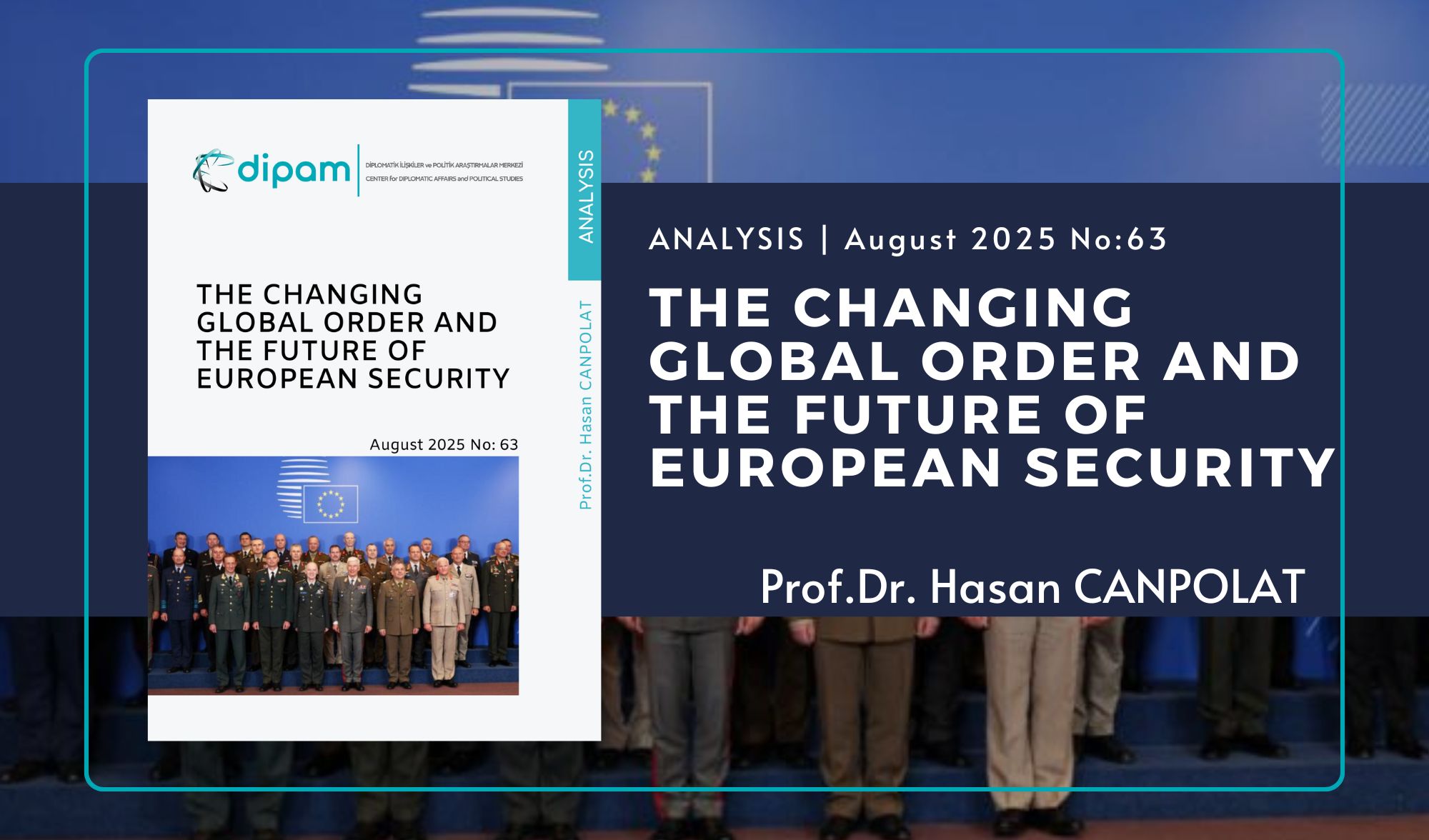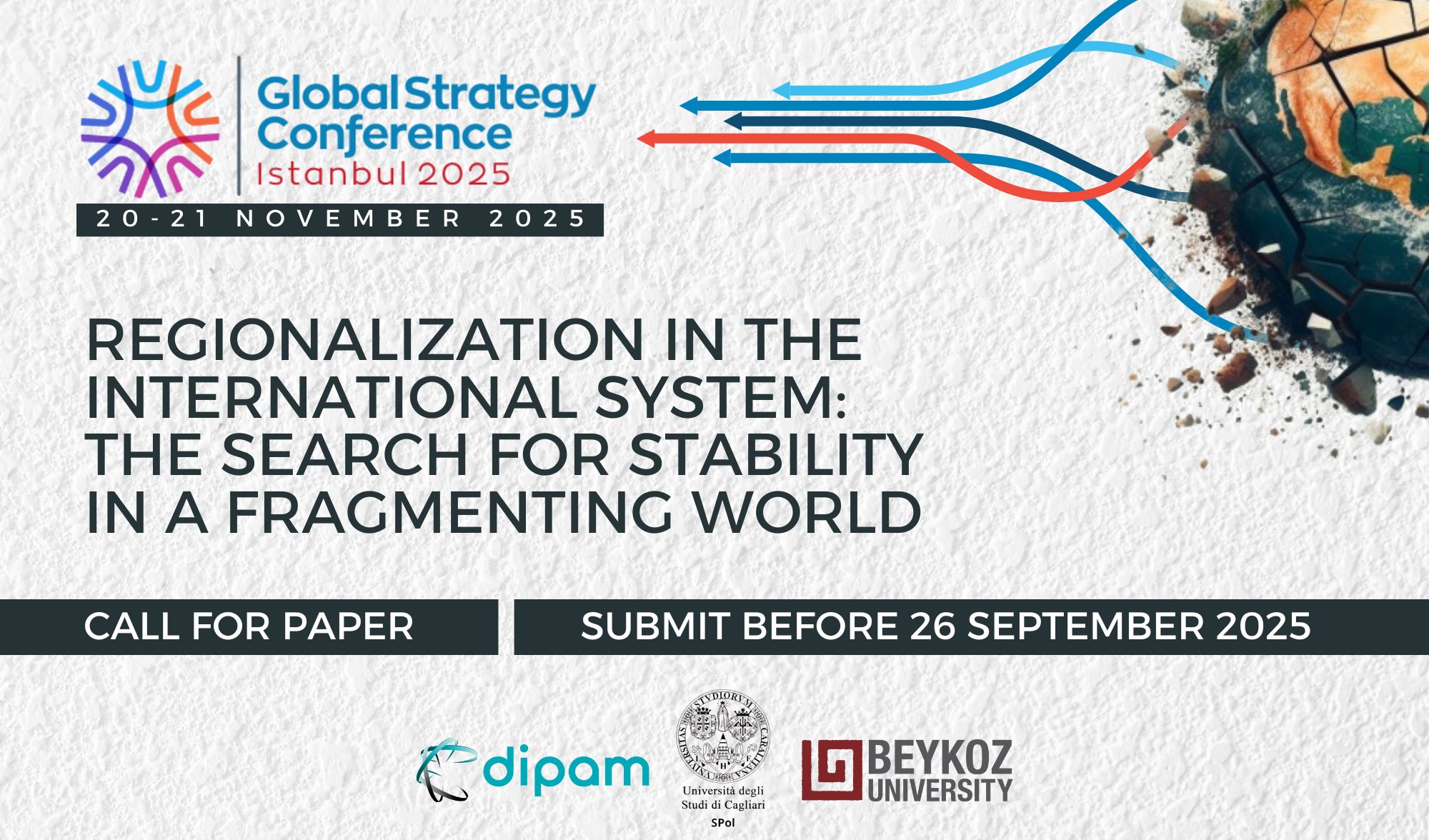This article argues that the European security architecture, shaped after World War II and now defunct, is the fundamental cause of the current security crises. The exclusion of Russia from European integration after the dissolution of the Soviet Union and the hegemonic policies of the United States have created a European order that resulted in the current Ukrainian crisis. The article states that Europe’s historical attempts to forge its own defense identity have failed and despite mechanisms like the Common Foreign and Security Policy (CFSP), the pursuit of strategic autonomy has not reached the desired level.
It is emphasized that current technological, economic, social, political, geopolitical, demographic, and environmental transformations are creating a “perfect storm” environment. Russia’s annexation of Crimea and the proxy war in Donbas have led to the de facto collapse of the European security architecture. The US’s tendency to lighten its global burden and focus on domestic issues, along with China’s rise, are shifting global power balances.
Introduction
The occupation of the European continent by the USA and the USSR after the Second World War had very important consequences that have survived to this day. The security architecture established after the war was shaped not on the internal balances and needs of Europe, but on the security priorities of the USA and the USSR, which controlled the continent. More importantly, the political fragmentation of Europe has caused Russia to be excluded from European integration and security architecture (Gheciu, 2005; Duchêne, 1994).
The chance to integrate Russia, which replaced the USSR, which disintegrated after the end of the Cold War, into Europe and to integrate Europe’s political and security architecture was missed as a result of the hegemonic policies of the USA (Brands, 2018). In January 1992, about a month after the official dissolution of the Soviet Union, U.S. President George H. W. Bush stirred up this enthusiasm in his State of the Union address: “By the grace of God, America won the Cold War.” These words reflect the approach of not only the United States, but also the Western world in general towards the Cold War and the USSR (Krauthammer, 1990).
Shortly after the collapse of the USSR, NATO began to expand into the countries that formed a buffer zone around Russia during the Soviet era with this sense of victory (Gheciu, 2005). However, if the United States had created a viable security architecture for Europe in the 1990s, there might not be a war in Ukraine today. In this sense, the current crisis between Russia and Ukraine is associated with the future of the European order built after the collapse of the Soviet Union. (Kundnani & Wittner, 2022).
…





